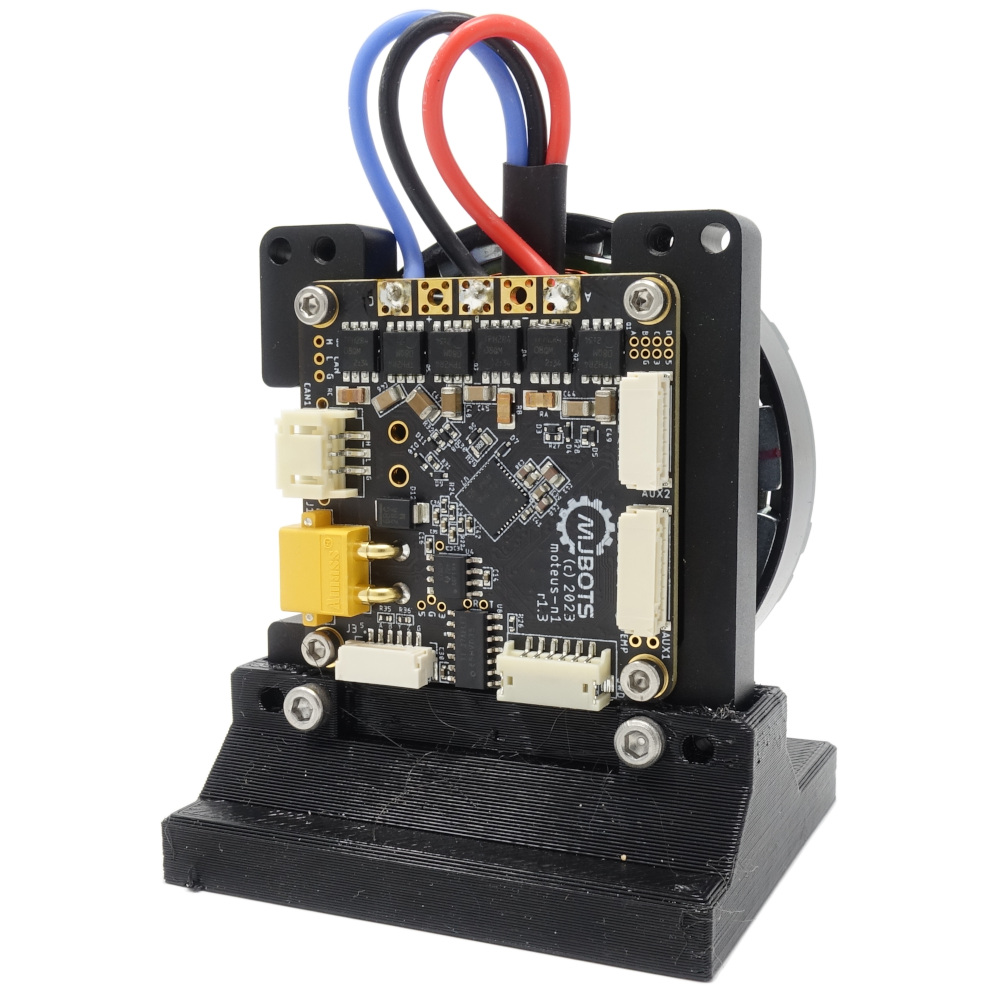MA732 encoder support for moteus
As of release 2023-09-26, moteus r4 and moteus-n1 now both support the MA732 as an external SPI encoder. The magnetic sensing performance of the MA732 is normally a bit worse than the AS5047P that is used as the onboard encoder with moteus, but it has two possible advantages.
The first, is that it is much smaller, using a 3mm x 3mm QFN package. The second is that it supports off-axis applications. You will need to read the datasheet, and set the 'aux?.spi.bct' configuration parameter correctly, but this can enable operation in interesting geometries, like a ring magnet with a hollow shaft, or where the coaxial placement is otherwise not feasible.


